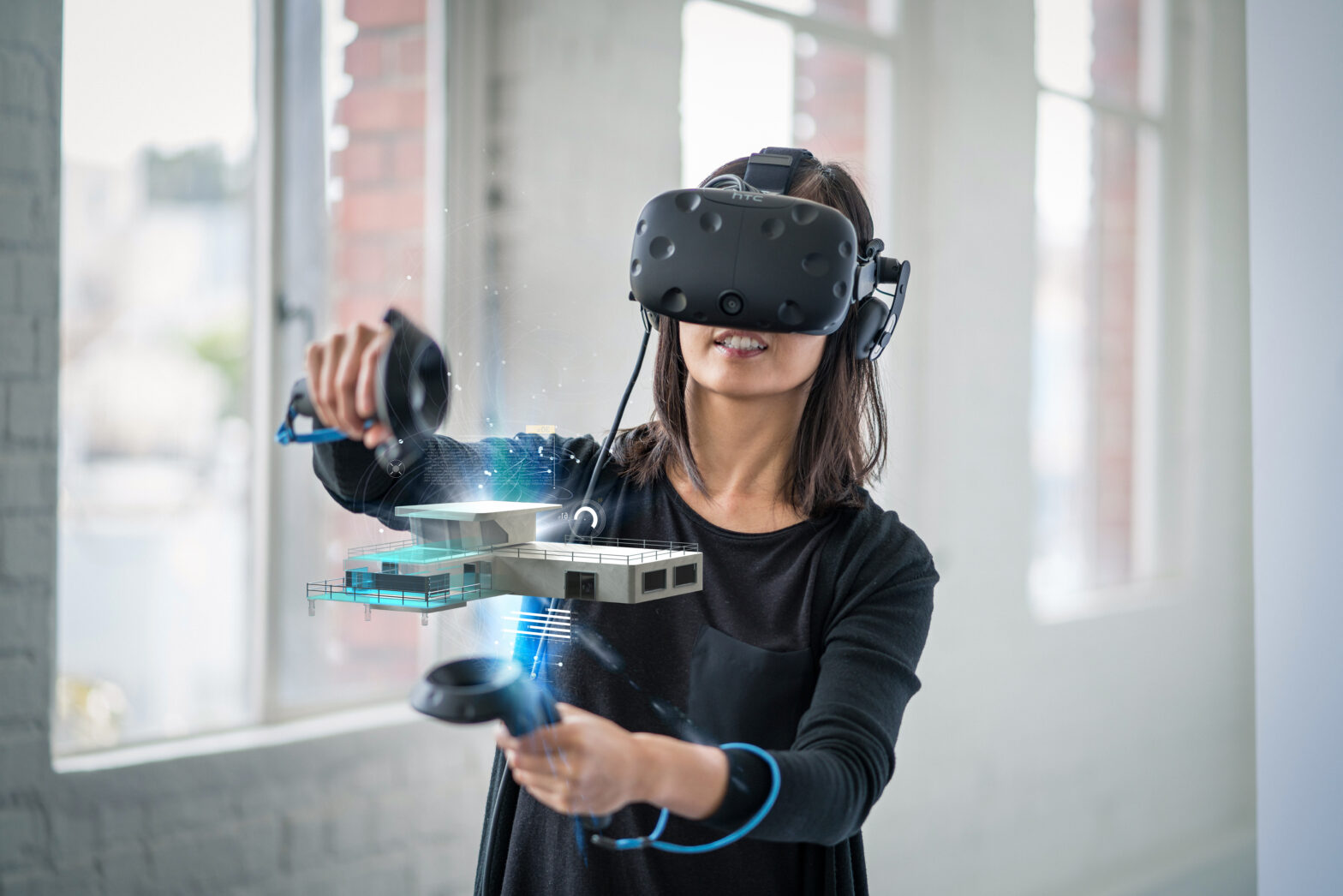Possibly the most important thing a prospective renter can do before signing a new tenancy is view the property. When it comes to finding a place to live, nothing beats seeing the place in person.
However, finding time to visit lots of different properties before they’re taken off the market is challenging for the time-strapped and money-starved renter. Not only is this putting many renters off actually moving, it’s also reducing the renting pool for landlords.
>See also: Digital transformation: VR and AR will revolutionise the office
A number of PropTech companies have recognised this problem and are exploring the options of integrating Virtual Reality (VR) and Augmented Reality (AR) into existing property platforms. The aim is to use this exciting new technology to help both renters and landlords in the long-run.
Integrating VR into property
Time is money – or in this case, the dream rental property, especially in fast-moving university rental markets. By integrating VR into property platforms, renters will be able to ‘view’ available places at anytime and anywhere, without anyone needing to be physically present at the property. Taking this idea further, joint viewings of properties with prospective housemates could be enabled by sharing the VR streams on different social media platforms.
Not only will introducing VR into the rental ecosystem help renters to decide between properties quicker than before, it will also reduce costs for everyone involved, eliminating often high travel prices. Further, it will widen landlord’s geographical reach to attract potential tenants from further afield.
For international students and landlords who rent their properties to students from overseas, this is a real game-changer. Many foreign students face the mountainous challenge of finding somewhere to live when based abroad, and have relied on pictures or word of mouth for too long to find accommodation. T
he most common outcomes for these students are either extortionate travel bills or having to live in poor-quality houses for an academic year. However, with VR-enabled property platforms, these common issues will be overcome.
>See also: There’s more to VR than meets the eye
At the moment, VR is fully immersive – users can’t interact with others experiencing the same VR simulation nor can they switch between simulations seamlessly. In the coming years, VR will have advanced to the point that users can cross over from one VR environment to a different one and users will be able to interact with each other.
In terms of renters searching for a house, groups looking to move in together will be able to experience a viewing simultaneously and explore the neighbourhood the property is in at the same time. This will present a more holistic experience for house hunters.
The next level is augmented
For all the headlines hailing VR to be the next big thing, it is its lesser covered cousin Augmented Reality (AR) that will ultimately take the property market to the next level. The biggest obstacle to VR adoption so far hasn’t been just price. Concerns around health and safety in this fully immersive experience are right to be raised.
Let’s say an interconnected VR network of whole neighbourhoods and individual properties was created – we’d have to be aware that users would be walking around the physical world blinded by a virtual one.
AR overcomes these obstacles by layering supplementary data onto the real, physical world. Instead of locking people into a ‘virtual’ world, AR brings the real world to life and makes it significantly more tangible. AR is also a shared experience. So, groups of friends could view properties together and discuss how they could make the space their own with regards to furniture and decoration.
>See also: Technology is revolutionising the property industry
Another positive to AR over VR is that it can show renters real-time unbiased factual information relating to the property they are seeing. As they view the property, the AR could bring up key information about existing gas, water and electric suppliers and bill costs as well as giving an accurate picture of the state of the building.
These are things renters, student renters in particular, wouldn’t necessarily think of when viewing a property for the first time. For landlords, the AR would bring up a prospective tenant’s rental history, ensuring they have the right tenants in their property.
Businesses have seen significant change in the property industry over the past few years, mostly thanks to the technological innovation within the industry. However, there is so much still to be done, and AR and VR will be at the front of solving many of the common problems associated with renting.
From cutting the costs for renters and landlords to increasing the number of properties available to view and put on the market, harnessing AR and VR is the future of the rental market.
Sourced by Omar Fahmi, CPO and co-founder of SPCE
The UK’s largest conference for tech leadership, Tech Leaders Summit, returns on 14 September with 40+ top execs signed up to speak about the challenges and opportunities surrounding the most disruptive innovations facing the enterprise today. Secure your place at this prestigious summit by registering here







